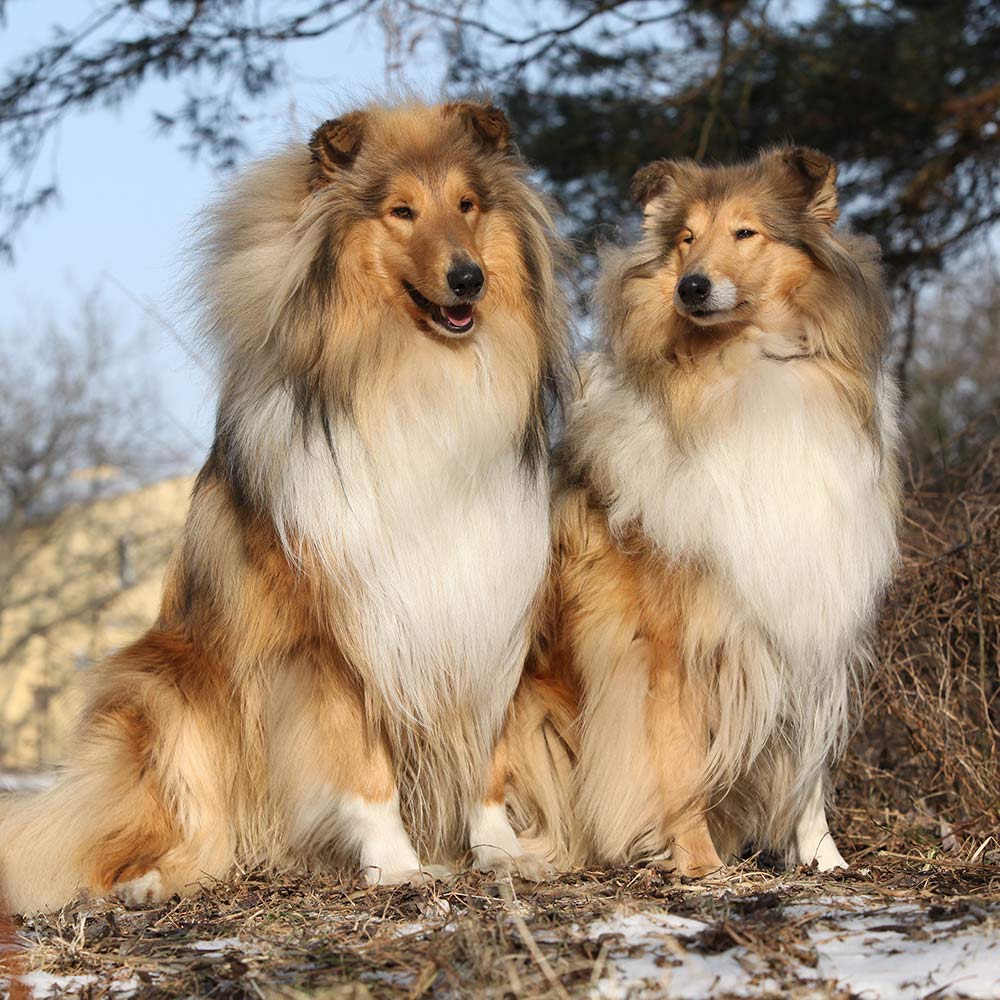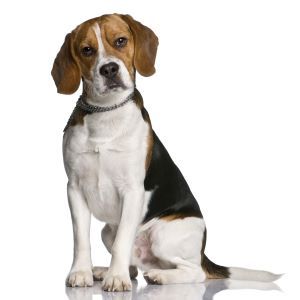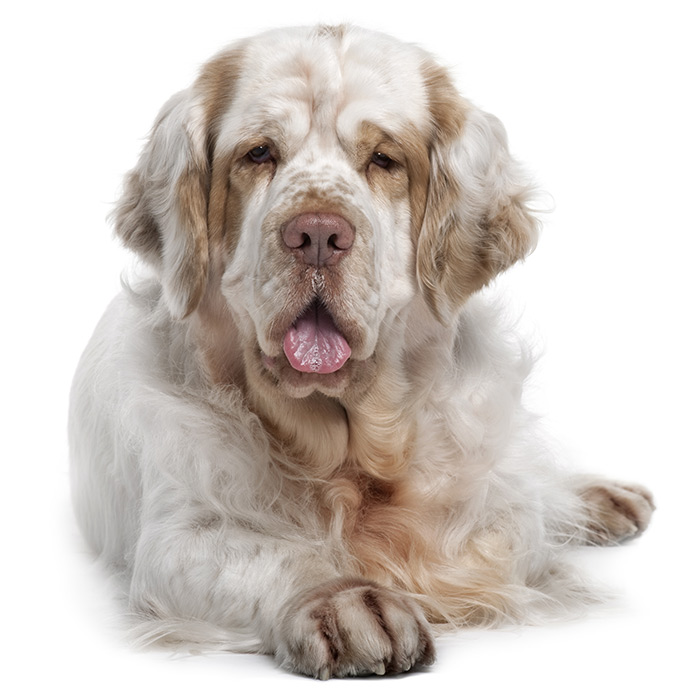Scotch Collie
Alert, intelligent, obedient, people-oriented
This breed has a low probability of having health issues in its lifetime, hence it is one of the more affordable breeds to insure.
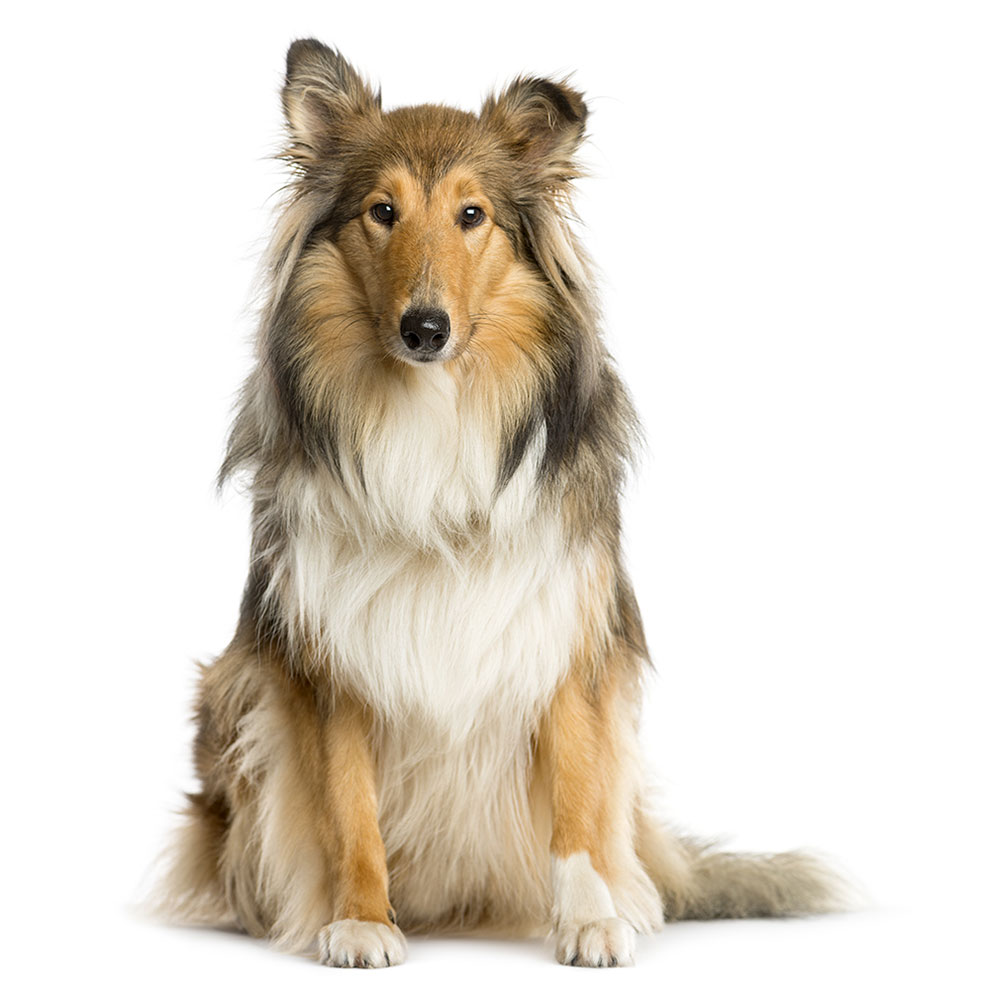
Is this breed right for you?
Try our breed selector quiz to find out your best matching breed!
Insuring a Scotch Collie?
Get our award-winning Nose-to-Tail Cover with up to $30k annual benefit limit, up to 90% of eligible vet bills back, and no sub-limits.
Get a quick quoteBreed Overview
The ‘Scotch Collie’ refers to the original Collie dog that evolved in Scotland as a rugged and versatile working dog. There is some confusion around the breed name, which is also known as the ‘Old Farm Collie’, the ‘Old-Time Scotch Collie’, and as the ‘Coolie’ in its native Scotland. The archetypal farm dog of a bygone era, she was used extensively by Scottish farmers to herd and guard their animals. Traditionally working with sheep, Scotch Collies shepherded a variety of farm animals and kept mice and rat numbers down in the farm’s barns and sheds.
The Scotch Collie is a “landrace breed”. This means that the breed developed rather organically over generations to meet the needs of Scottish shepherds. Because it was bred for its working ability, and not its looks, there is some variation of appearance and temperament within the breed. In other words, it was not developed and bred to meet a rigid breed standard like more modern breeds, such as the Smooth and Rough Collies that descended from the Scotch Collies. However, it is no surprise that there are close resemblances between these various types of Collies.
What was important to the farmers of the Scottish Highlands was that the dog be athletic, well-muscled and agile. Scotch Collies typically have a long body, a deep chest with a tucked-up abdomen, keen brown eyes, and erect or semi-erect ears. They are medium-sized, with males standing between 53 to 61 cm and females reaching heights of 48 to 56 cm. Males weigh around 21 to 32 kg, while the smaller female weighs 18 to 27 kg. The overall emphasis was on moderation, with no part exaggerated or out of proportion, such as the long nose or superabundant coat of the modern Rough Collie.
The Scotch Collie’s dense double coat is of varying lengths; the outer coat is straight and harsh to the touch, the under coat soft and furry. A ‘teflon-like’ coat, seeds, burrs, mud and dirt don’t stick to it for long. Depending on coat length, one Scotch Collie may need only weekly grooming, while another longer-haired individual will need more frequent grooming to prevent matts and tangles. Coat colours are similar to the modern Collies, including sable (ranging from light gold tones to deep mahogany red), black, and blue merle, with white and/or tan markings on the face blaze, collar, chest, feet, and tail tip.
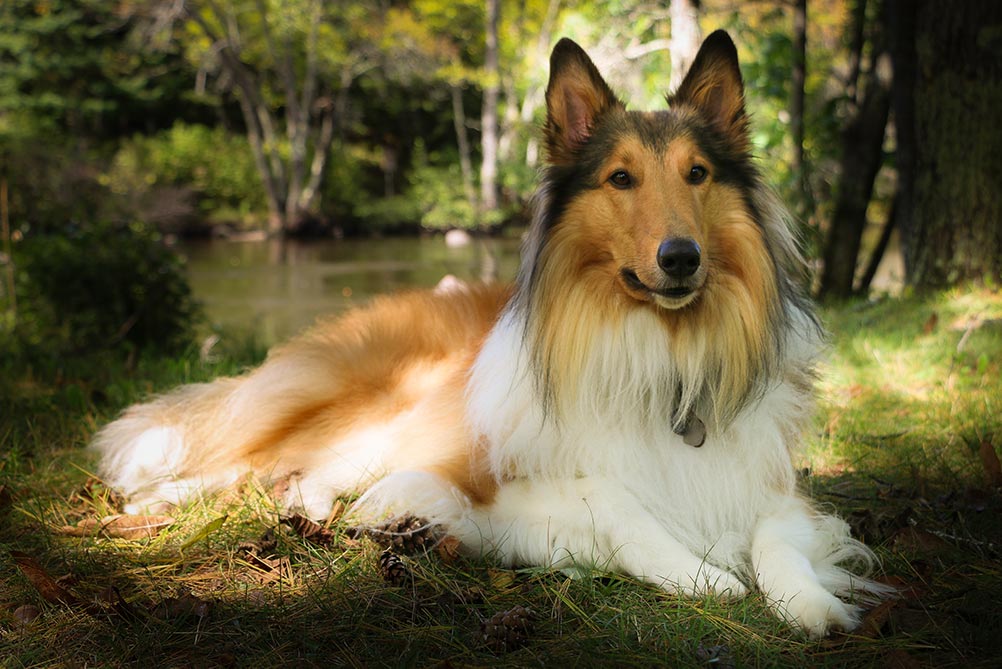
A breed with a high exercise demand, it is not recommended to take on a Scotch Collie unless you have an active lifestyle and plenty of space for her to roam. One or more jogs or long walks a day, coupled with some stimulating games like Frisbee, fetch or flyball will keep her occupied and entertained. She will happily accompany her owner on long hikes or cycles and enjoy the opportunity to be in the fresh air whenever possible. If under-exercised, she is bound to develop bad habits, such as hyperactivity and barking tendencies. Unsurprisingly, she is well-suited to the lifestyle of a small farm or rural property, although not one where she is left on her own outside, as she loves to be among her family members.
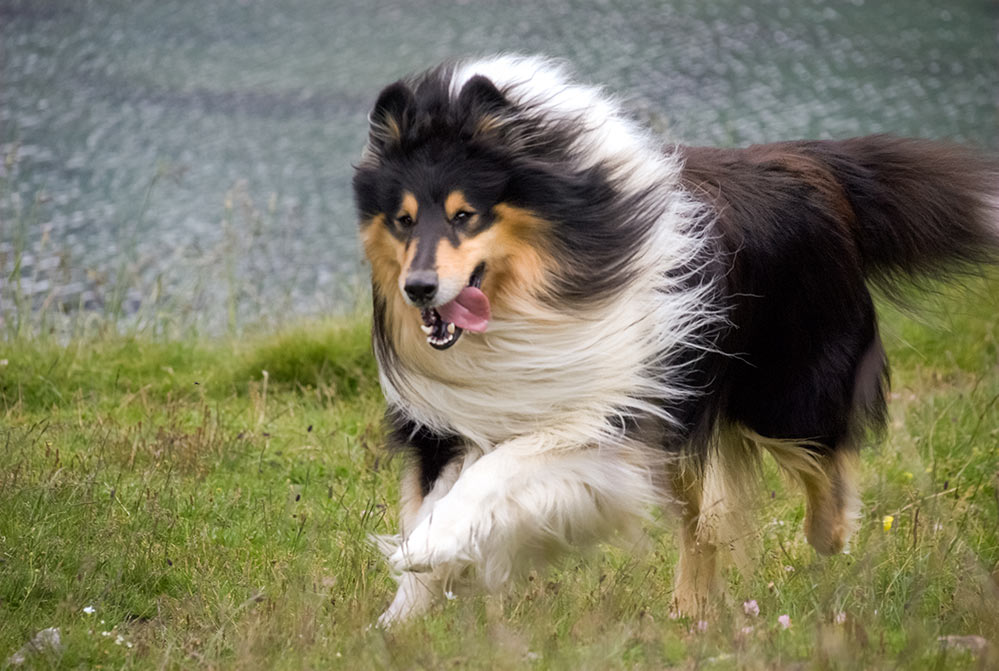
Personality and Temperament
Scotch Collies are very people-oriented, and they love spending time with their human “pack”. They are sensitive to human emotions and have a strong desire to please their family members. If her owner is sad and down, a Scotch Collie will likely be there to make him feel better; if he is happy, she will be there to share his joy. Playful and gentle by nature, Scotch Collies are excellent with children they have been introduced to from an early age, and they will get on wonderfully with them. They make great therapy and service dogs because they naturally look to humans for direction, seemingly understand our feelings, and want to help.
Scotch Collies generally get along with other dogs but may struggle with non-canine pets because of their hunting instincts for small animals and vermin. Depending on the individual dog and the humans that she lives with, she may be friendly, reserved or aloof with strangers. She has a natural inclination to bark at and chase off strange animals or people in order to protect livestock from predators, but is not snappy, vicious or shy.
Steady, bold, sensible, quick to learn, adaptable responsive, and highly intelligent, she carries an aura of innate wisdom and strength of character. Extremely docile and obedient, she is willing to accept and follow instructions and can be trained to an incredibly high standard. She is content to lie quietly at your feet when she is not needed but is ready to spring into action when called on. A very versatile animal, she is a working dog and playmate, guardian and watchdog, hunter and herder, companion and carer.
Common Scotch Collie Diseases & Conditions
Symptoms, diagnosis and treatment
- Collie Eye Anomaly: Originally discovered in the Collie breed, collie eye anomaly is an abnormality of the eyes that can also affect other dog breeds. It is an inherited, congenital condition resulting from a mutation of the chromosomes that determine the development of the eyes (it always occurs in both eyes). This condition impairs vision and can result in other eye abnormalities such as a detached retina, optic nerve abnormalities and a loss of retinal cells, which can lead to blindness.
- MDR1 Sensitivity: Many herding dogs are sensitive to certain drugs, such as anti-parasitic medicines and antibiotics. Because of a genetic mutation, certain drugs are not correctly metabolised in affected dogs, which can lead to neurological issues. MDR1 is a sensitivity to Ivermectin, a common anti-parasite medication. If this condition is present, the administration of Ivemectin could make the dog very sick.
- Epilepsy: Abnormal bursts of electrical activity in the brain can cause in seizures in some dogs. When a dog has repeated seizures, and no other underlying cause is found, they are said to suffer from epilepsy. An affected dog may not require medication to manage the condition if they only suffer with mild epilepsy, but some animals will need daily medication to reduce the frequency and severity of the seizures.
- Bloat: Deep-chested breeds have a tendency towards developing bloat. The word ‘bloat’ refers to the build-up of gas, fluid or food in the stomach causing a visible expansion of the dog’s abdomen. The bloated stomach puts pressure on the other organs, which can cause life-threatening problems, such as lack of blood flow to the heart and stomach lining. The condition is therefore a medical emergency.
Not all conditions are covered by Pet Insurance. For details of Bow Wow Meow Pet Insurance cover, refer to the Product Disclosure Statement.
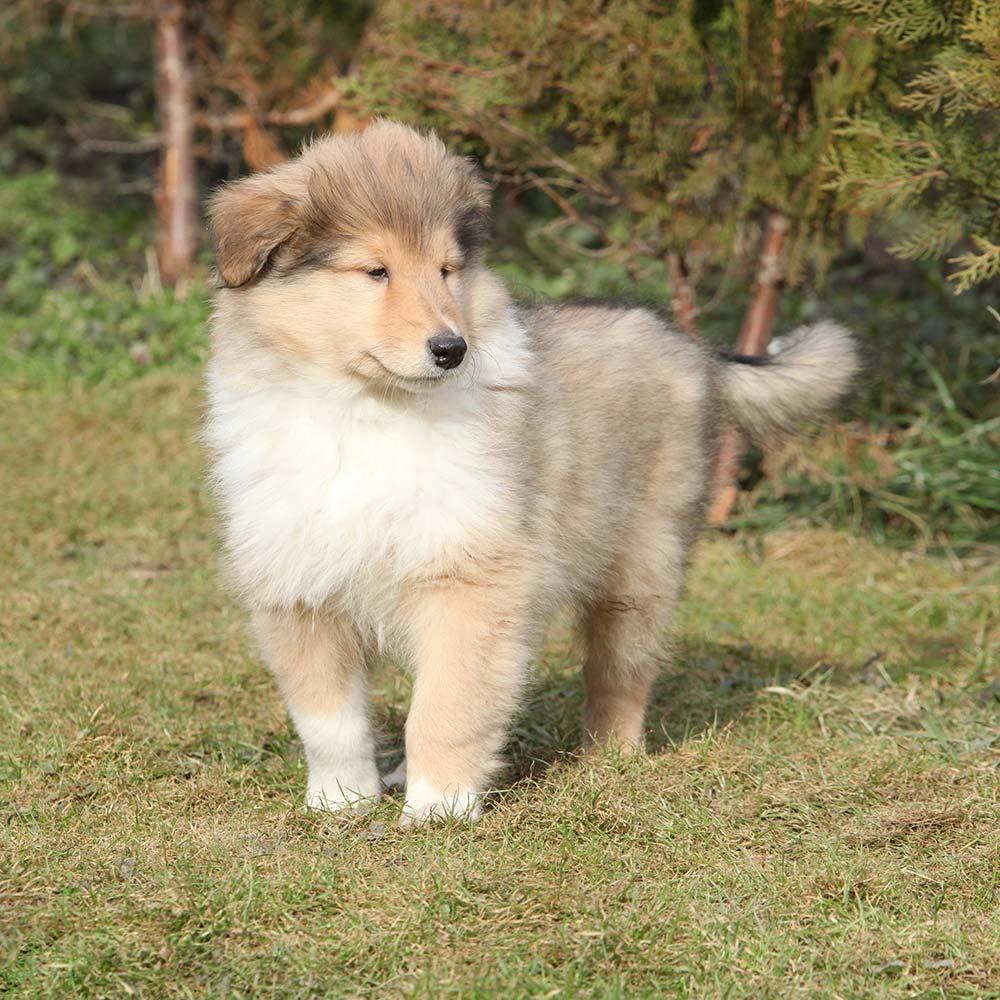
History
More than 200 years ago, in the early nineteenth century in the Scottish Highlands, there was only one type of collie dog. Descended from Roman Cattle Dogs, Native Celtic Dogs and Viking Herding Spitzes, it developed to aid in herding, protecting and driving flocks of sheep. Called a Collie or “Coolie” by the local Scots, and a “Scotch Collie” by the English, it was a landrace breed with a great deal of genetic diversity and a varied appearance.
In the 1800s, as their reputation in the farmyard grew, they were exported in large numbers to the USA and Canada for their working abilities. In the mid-1800s, the Scotch Collie came into fashion among the English upper classes after it caught the eye of the dog-loving Queen Victoria. General interest followed, and the breed experienced a popularity surge. Scotch Collies started to appear in dog shows, as well as in households where they were kept solely as pets.
Their presence in the show ring led to Collies being selectively bred with the aim of winning shows. The Collie’s appearance and temperament changed further as kennel club breed standards were applied and dogs were bred accordingly, resulted in greater uniformity. The Rough and Smooth Collies came into existence as a purebred, standardised breed, and their predecessor the Scotch Collie was all but relegated to history.
On small farms where the dog’s working ability and intelligence was more highly valued than a pointed nose and heavy coat, the original landrace Collie persisted. Yet as the twentieth century wore on, fewer and fewer of the original “Scotch” type Collie remained on either side of the Atlantic. Small family farms were no longer profitable, and elsewhere the Scotch Collie was increasingly replaced by the more popular Rough Collie and other collie breeds as a family pet, especially after being popularised in children’s literature, film and television shows.
Standardisation of the breed has always had its detractors, particularly as the original type reached near extinction around thirty years ago. Miraculously, small numbers of the Scotch Collie survived into the 1990s, when admirers of the old landrace breed began working to restore it. Thanks largely to their hard work, the Scotch Collie, nowadays also called the “Old-Time Farm Shepherd” or the “Old-Time Scotch Collie”, is making a slow return. The “Old Time Scotch Collie Association” was formed in the 2000s. Currently, there are thought to be only a few hundred Scotch Collies in existence, some still working as farm and hunting dogs, some kept as pets and companions.
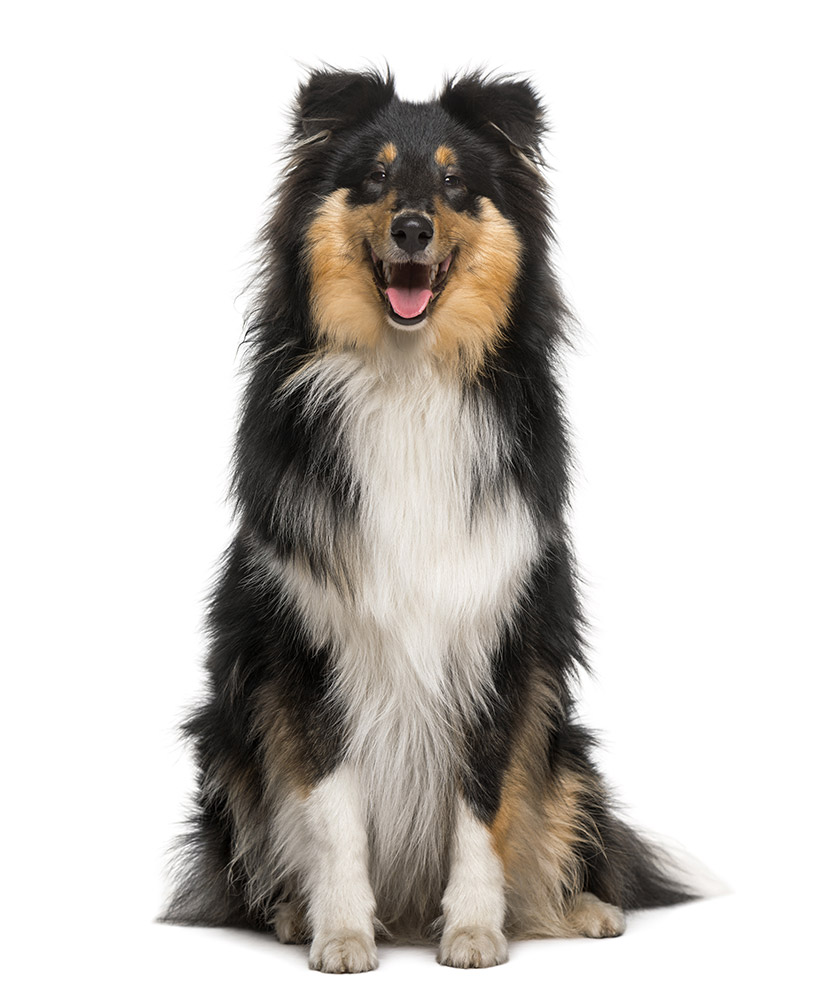
Scotch Collie Facts!
- The name “collie” comes from the Old English word for “black” or “coal” and it may have been a reference to the type of sheep these dogs were originally bred to herd.
- The Scotch Collie is depicted in several paintings of the early 1800s by the artists Richard Ansdell and Sir Edwin Henry Landseer.
- In the 1900s, several Scotch Collies gained celebrity status in London by performing in an entertainment act alongside a Professor Duncan, who encouraged the dogs with morsels of food and didn’t whip or reprimand them – a fact that audiences appreciated.
- As well as the Rough and Smooth Collies, it is widely believed that the Scotch Collie formed the foundation of other well-known dog breeds, including the Australian Shepherd and the Border Collie.
Free engraved pet ID tag on sign up3
Customer Satisfaction
21 day cooling off
Easy to use Pet Portal

GapOnly® in vet claims
FURTHER INFORMATION
https://www.oldtimefarmshepherd.org
https://www.scotchcollie.org/

